What are the latest options in ARFF training?
Virtual reality has grown in popularity among many applications and industries as an essential tool for training. Specifically, for emergency first responders, the trend has advanced to a level of realism which allows ARFF teams to simulate real-life situations and learn how to properly use the critical equipment which helps save lives.
ARFF truck simulation for training purposes has given airport emergency responders the opportunity to gain knowledge on handling a wide variety of scenarios, without the cost and safety concerns associated with real vehicle use or live fire training. A “green solution” with zero environmental impact, some simulators are engineered to depict a nearly endless array of emergency situations and scenarios.
Striker Simulator
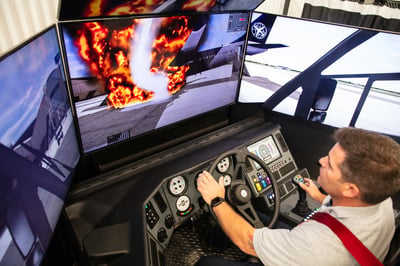 Oshkosh Airport Products’ Striker Simulator is one of the first virtual resources for training firefighters to extinguish aircraft fires on grounded planes and has been engineered with authentic tools and graphics which are customizable for any airport. The system incorporates video footage and illustrated environments of Striker ARFF trucks (4x4, 6x6, and 8x8) in action—with views both inside and outside the cab, along with a full audio track.
Oshkosh Airport Products’ Striker Simulator is one of the first virtual resources for training firefighters to extinguish aircraft fires on grounded planes and has been engineered with authentic tools and graphics which are customizable for any airport. The system incorporates video footage and illustrated environments of Striker ARFF trucks (4x4, 6x6, and 8x8) in action—with views both inside and outside the cab, along with a full audio track.
Crews can train on a laptop or a fully immersive wrap-around simulator on many tactics, including the proper delivery of firefighting agents such as dry chemical, foam, water, and even clean agents. In addition, the Striker Simulator can mimic scenarios which can’t be safely accomplished at a traditional training center, such as a fuel spill or people exiting an airplane. The simulator command center has great flexibility with creating custom-designed scenarios. For example, the experience can feature a large number of airplanes, multiple fires and fuel spills, people on the ground, and so much more.
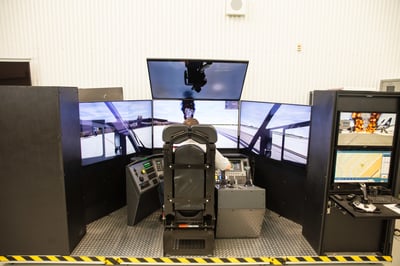 While ARFF emergency responders are typically required to take part in real-world training once every year, the simulator training can be incorporated into ongoing and regularly scheduled training.
While ARFF emergency responders are typically required to take part in real-world training once every year, the simulator training can be incorporated into ongoing and regularly scheduled training.
With technology innovations emerging faster than ever, it is essential to anticipate the future needs of firefighters, and how the next generation of fire apparatus will meet the demands these brave men and women around the world face each day.
What questions do you have about ARFF vehicles and how to select the best fire apparatus for your operation? Oshkosh Airport Products’ knowledgeable and experienced team is ready to help. Contact us today.
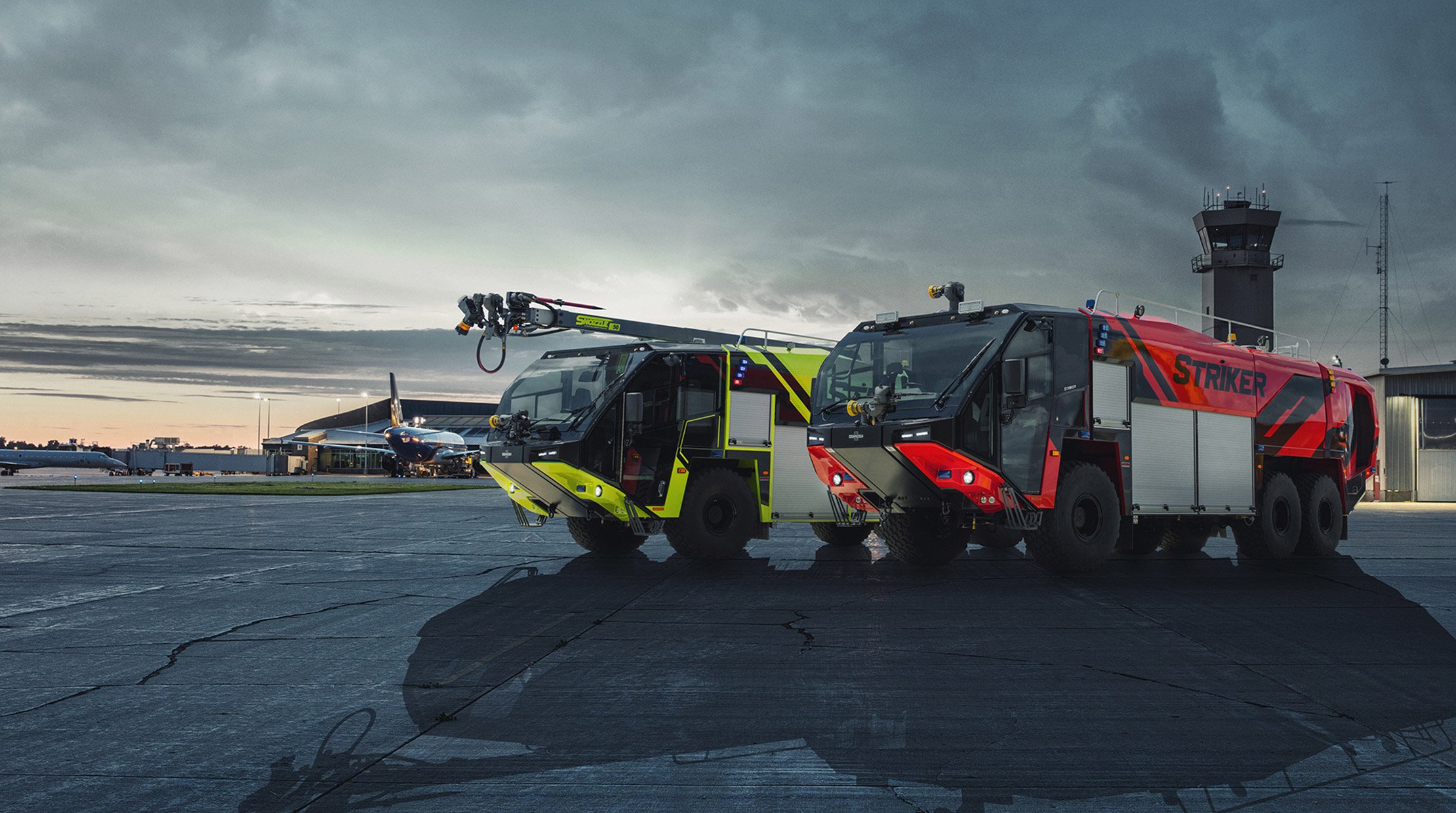
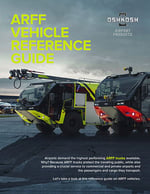
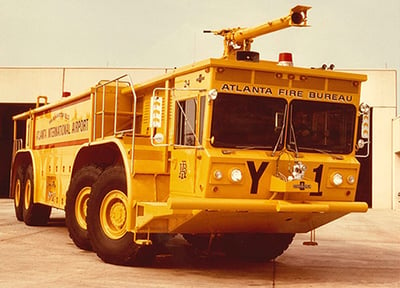 ARFF is an acronym for aircraft rescue and firefighting. The history of aircraft rescue and firefighting (ARFF) trucks dates back to 1937 by Chief J.K. Schmidt at Elgin Air Force Base in Florida, according to
ARFF is an acronym for aircraft rescue and firefighting. The history of aircraft rescue and firefighting (ARFF) trucks dates back to 1937 by Chief J.K. Schmidt at Elgin Air Force Base in Florida, according to 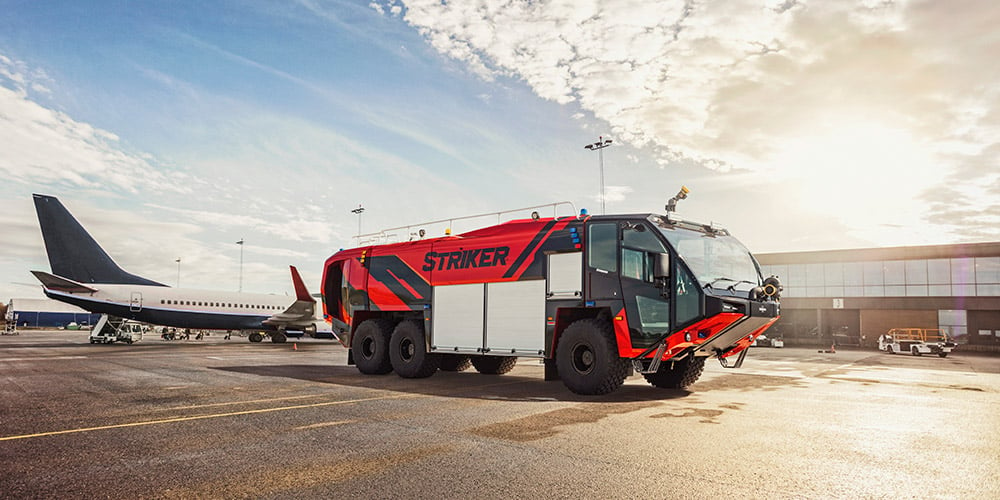
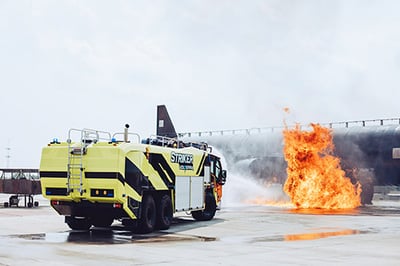 However, there are services an ARFF truck is called upon to perform which differ from a typical fire department. Those services would include airframe and cargo preservation and maintenance of the incident site for an after-occurrence investigation.
However, there are services an ARFF truck is called upon to perform which differ from a typical fire department. Those services would include airframe and cargo preservation and maintenance of the incident site for an after-occurrence investigation.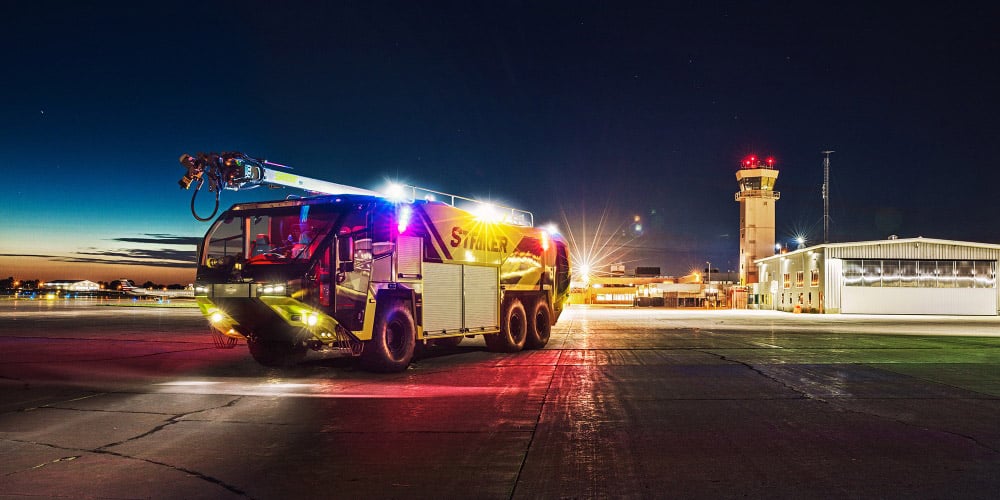
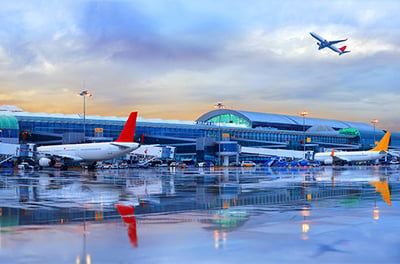 In the United States, the
In the United States, the 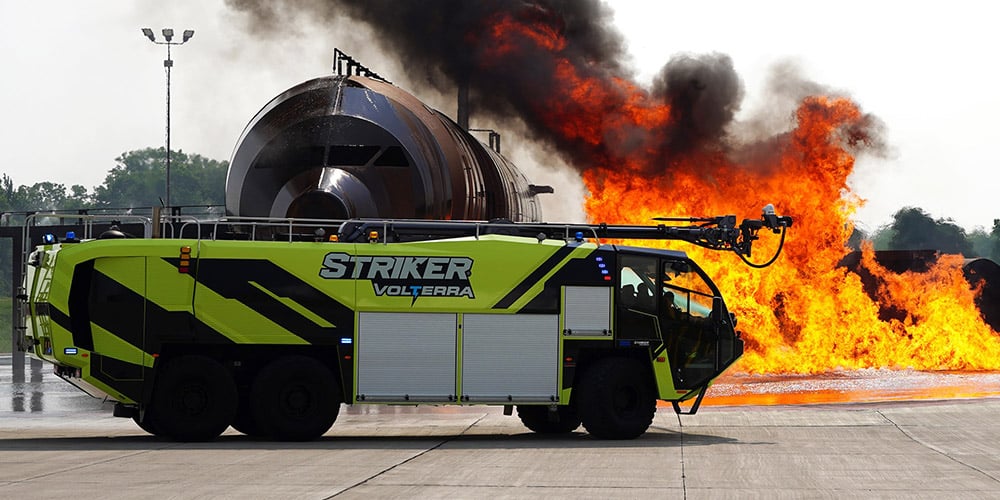
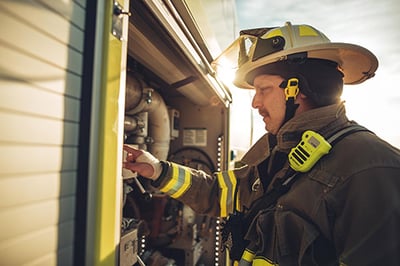 In an ARFF emergency scenario, fire suppression agent conservation is critical because, in most cases, everything needed must be transported to the scene and contained within the apparatus and equipment. Compressed air foam (CAFS) is not new in the use of structural fires; however, in recent years, it has been tested and proven effective for use in Class B/fuel fires. Traditionally, ARFF crews operated using aspirating turrets and nozzles. CAFS provides a simple system where air is injected into the water/foam solution before moving into the piping of the turret or hose line. Pressurized air injected into the water and foam solution expands the foam many more times than a conventional aqueous film-forming foam (AFFF) nozzle – which relies on mechanically mixing ambient air with the water and foam solution at the nozzle. The result is CAFS which has a thicker consistency and creates a superior foam blanket, with a lower amount of water required.
In an ARFF emergency scenario, fire suppression agent conservation is critical because, in most cases, everything needed must be transported to the scene and contained within the apparatus and equipment. Compressed air foam (CAFS) is not new in the use of structural fires; however, in recent years, it has been tested and proven effective for use in Class B/fuel fires. Traditionally, ARFF crews operated using aspirating turrets and nozzles. CAFS provides a simple system where air is injected into the water/foam solution before moving into the piping of the turret or hose line. Pressurized air injected into the water and foam solution expands the foam many more times than a conventional aqueous film-forming foam (AFFF) nozzle – which relies on mechanically mixing ambient air with the water and foam solution at the nozzle. The result is CAFS which has a thicker consistency and creates a superior foam blanket, with a lower amount of water required.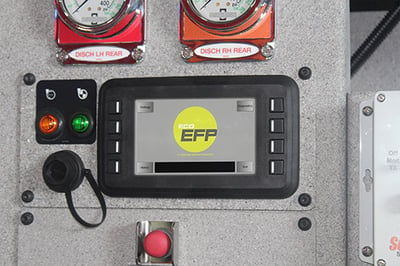 Input Based Foam Testing Systems:
Input Based Foam Testing Systems:
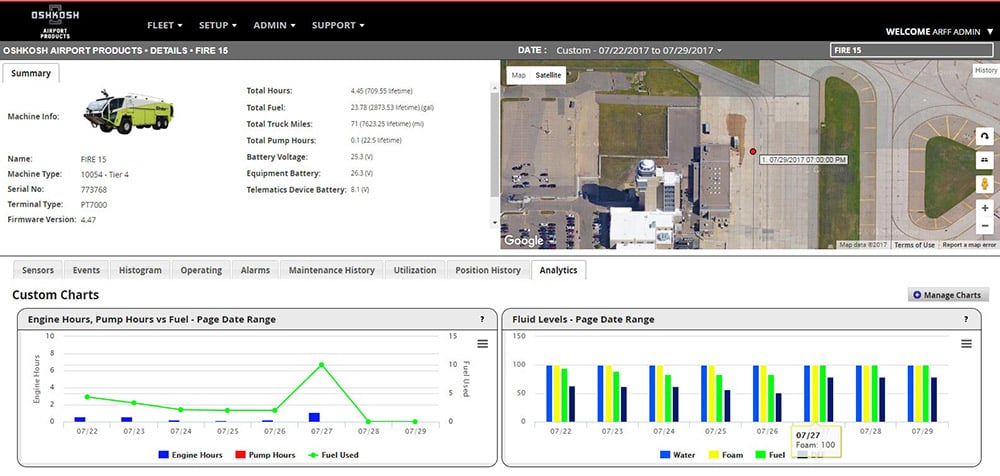
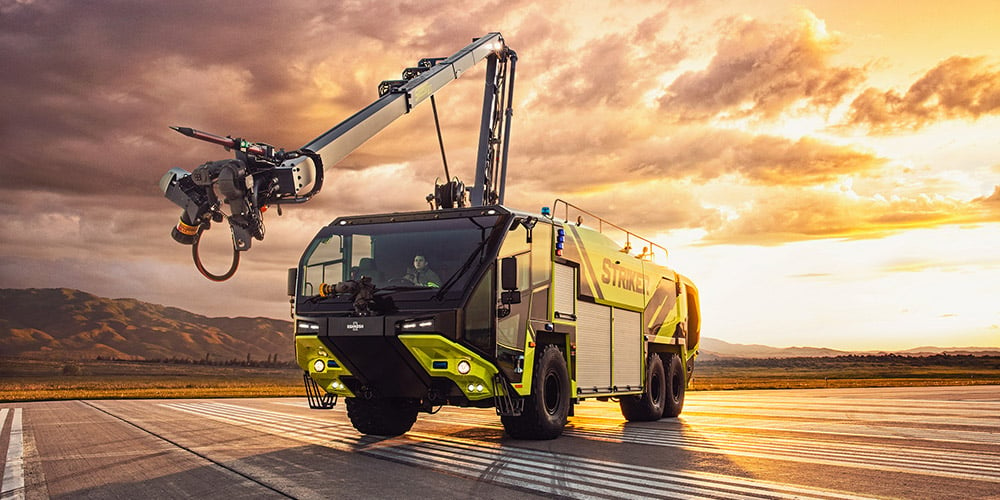
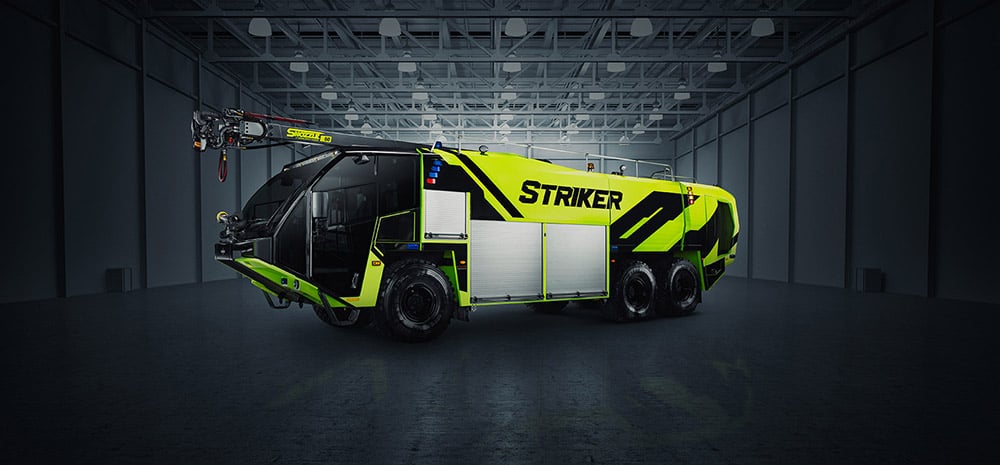
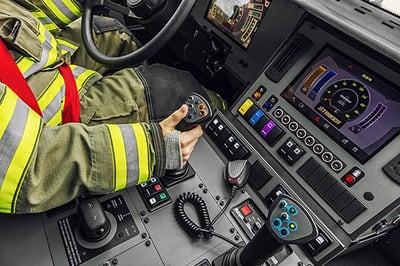 Optimized Cockpit
Optimized Cockpit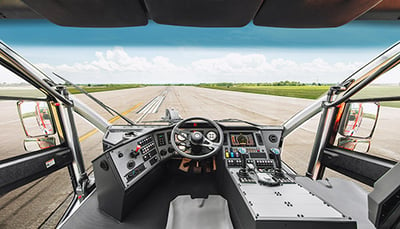 Enhanced visibility
Enhanced visibility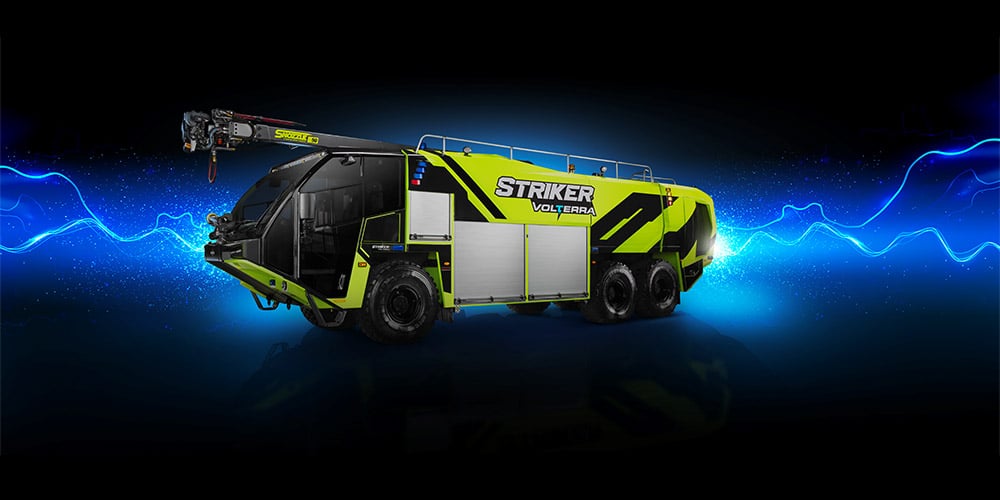
 Oshkosh Airport Products’
Oshkosh Airport Products’  While ARFF emergency responders are typically required to take part in real-world training once every year, the simulator training can be incorporated into ongoing and regularly scheduled training.
While ARFF emergency responders are typically required to take part in real-world training once every year, the simulator training can be incorporated into ongoing and regularly scheduled training.